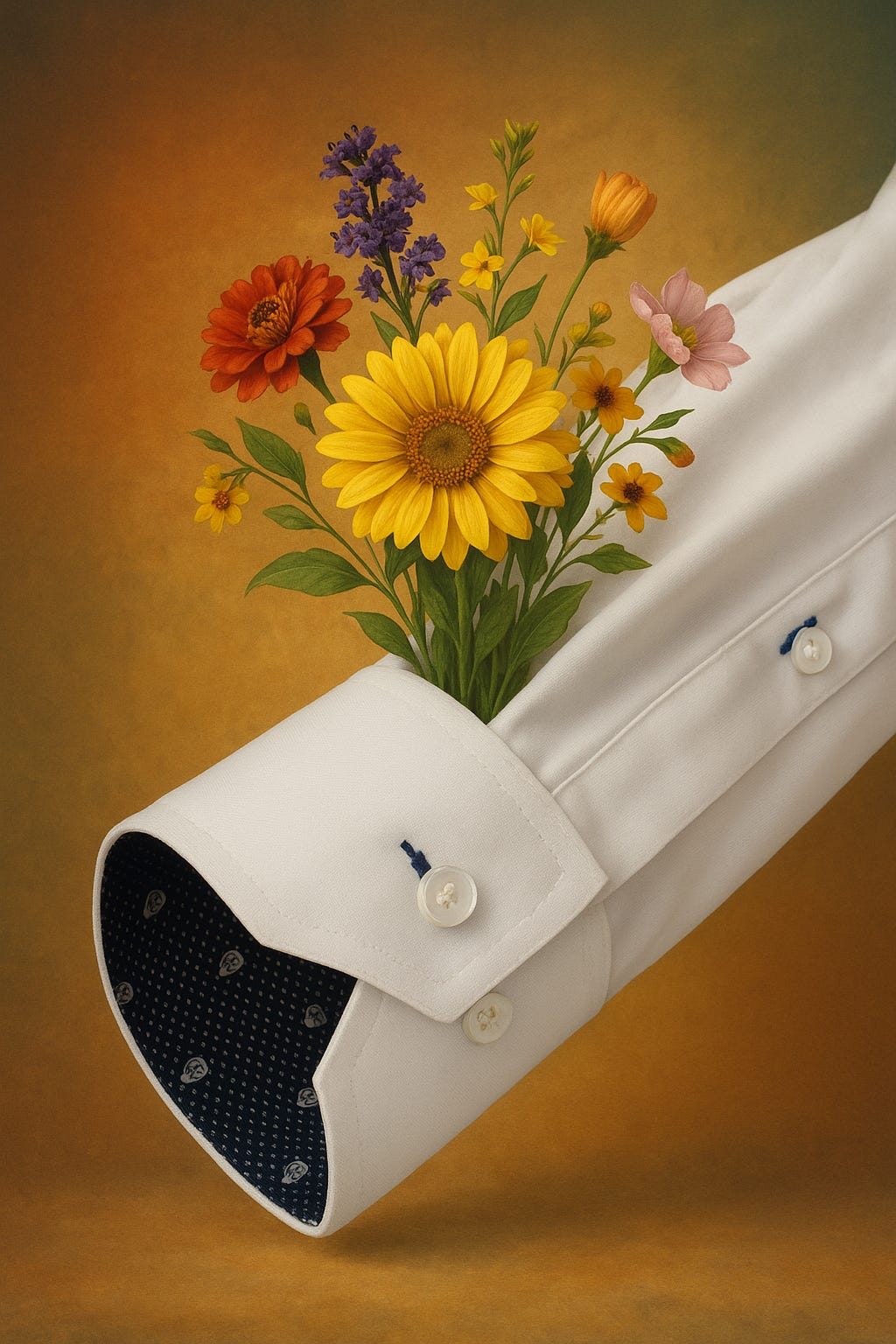The modern miracle of online shopping is one of the underrated blessings of living in Israel today, combined with the even greater miracle of knowing someone flying in from the States who can bring your order with them.
Of course, the challenge with that system is that if you accidentally order the wrong thing… you're kind of stuck with it.
A few months ago, my favorite shirt company, Twillory, was running a sale. I ordered a few shirts, and when they arrived, I realized that one of them wasn’t exactly what I’d envisioned. The design looked different online, as I hadn't thought to pay attention to the interior of the shirt. If I were in New York, I’d just exchange it. However, from Israel, returning it wasn’t worth the hassle. So I decided to keep it because it is still a comfortable shirt.
The questionable interior, inside the collar and cuffs, is a lining with a subtle skull pattern, which I figured no one would notice.
Until someone did.
A few weeks ago in shul, I was …




